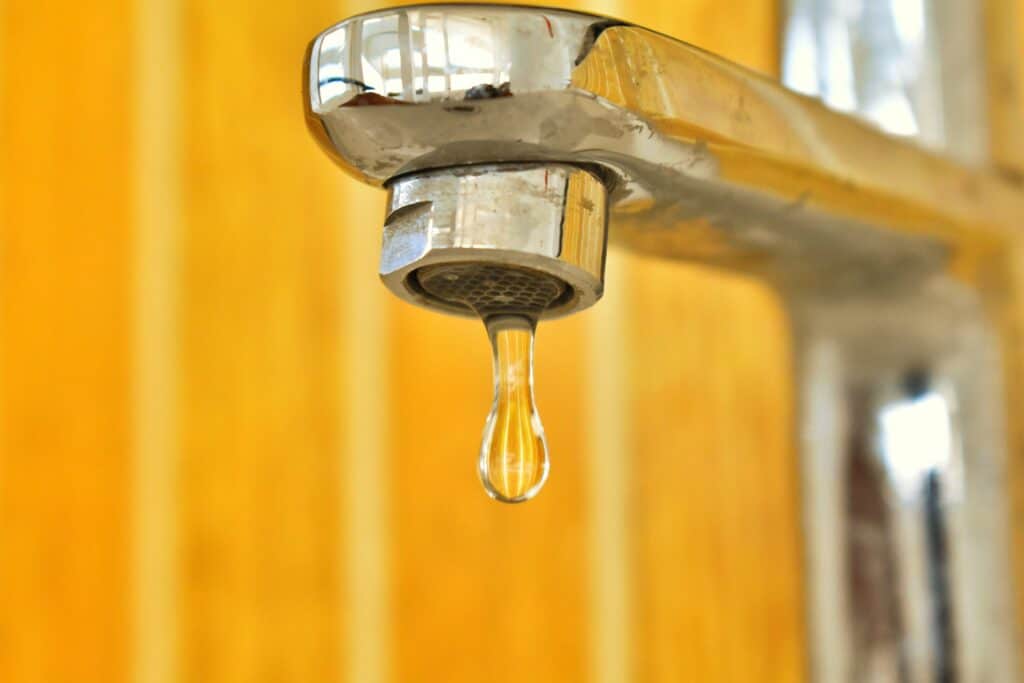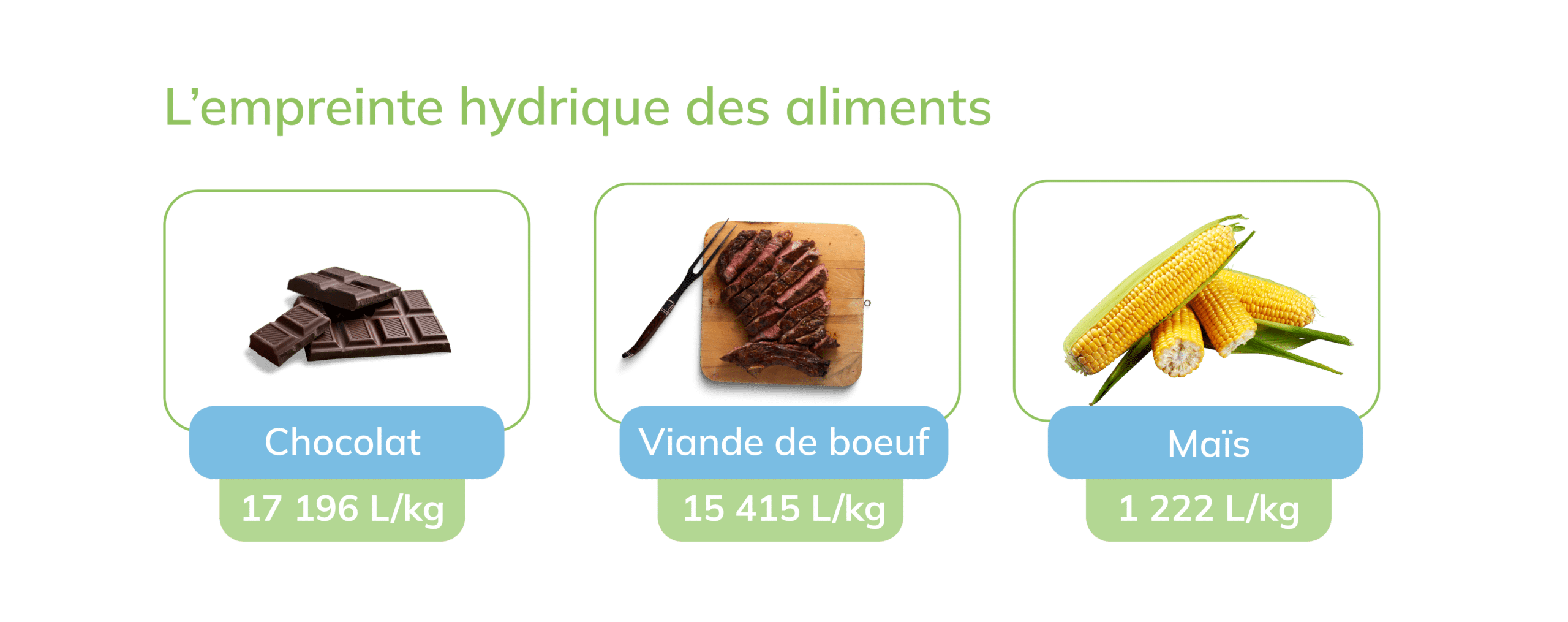Water shortage and food waste

Today the subjects of droughts and shortages linked to water are more and more recurrent. Global warming and the weather conditions it causes are drying out our soils considerably. And diet also represents an important factor in the use of this precious resource, we will explain why in the following lines.
What is a water shortage?
We speak of a shortage when the demand for water is greater than the availability in a region or a country , and does not only concern domestic use but includes all sectors combined.
Today, underground reserves would be sufficient to satisfy global demand but their distribution is uneven. Water scarcity affects 700 million people across 43 countries around the world. But in 2025, it will affect nearly 1.8 billion people, and nearly 5.2 billion people (or almost 2/3 of the world population) will find themselves in a situation of water stress.
The causes of water shortage
Natural causes
Water shortage can be caused by natural causes:
- An absence of groundwater or watercourses in a region,
- Years of low precipitation.
Human causes
- The significant development of hydraulic infrastructure
- The development of infrastructure linked to improving the standard of living
- use of water
- The expansion of irrigated areas
- Deforestation or intensive agriculture
- Pollution and global warming
Increased water consumption and unsustainable management
Among the causes mentioned above, we find three main sectors using significant water consumption:

Domestic use represents only 10% of the use of global freshwater resources. Industrial use represents 20% and agriculture represents 70%, knowing that 90% of this water is not renewable .
Furthermore, according to the FAO, global water demand is expected to increase by 50% by 2050. This is due to demographic growth (and therefore growth in food consumption), improvement in the standard of living and change climatic.
Foods and their water footprint
What is the water footprint (or water footprint)?
The water footprint or water footprint is the total quantity of water that we use to produce a good or service. So the water that we use or waste directly or indirectly, often without being aware of it. There are several methods to calculate this footprint, the most used remains that of the Water Footprint Network .
As a result, the foods we eat can have a high water footprint (or water footprint) depending on their type.
For example, for 1kg of meat, 15,415 liters of water would be needed.
The same goes for chocolate, which, even if it is a product of plant origin, would require 17,196 liters of water per 1kg.

However, it must be kept in mind that this food footprint varies from one country to another and from one production method to another.
The impact of food waste on water scarcity
Sources: FAO , World Health Organization , un.org , ademe.fr , cieau.com , waterfootprint.org , Youmatter.world , latribune.fr.
FOR A BETTER FUTURE
Would you like to take action against food waste
Kikleo helps you reduce food waste and increase the performance of your restaurant by offering you a analysis of your losses using innovative technological tools.